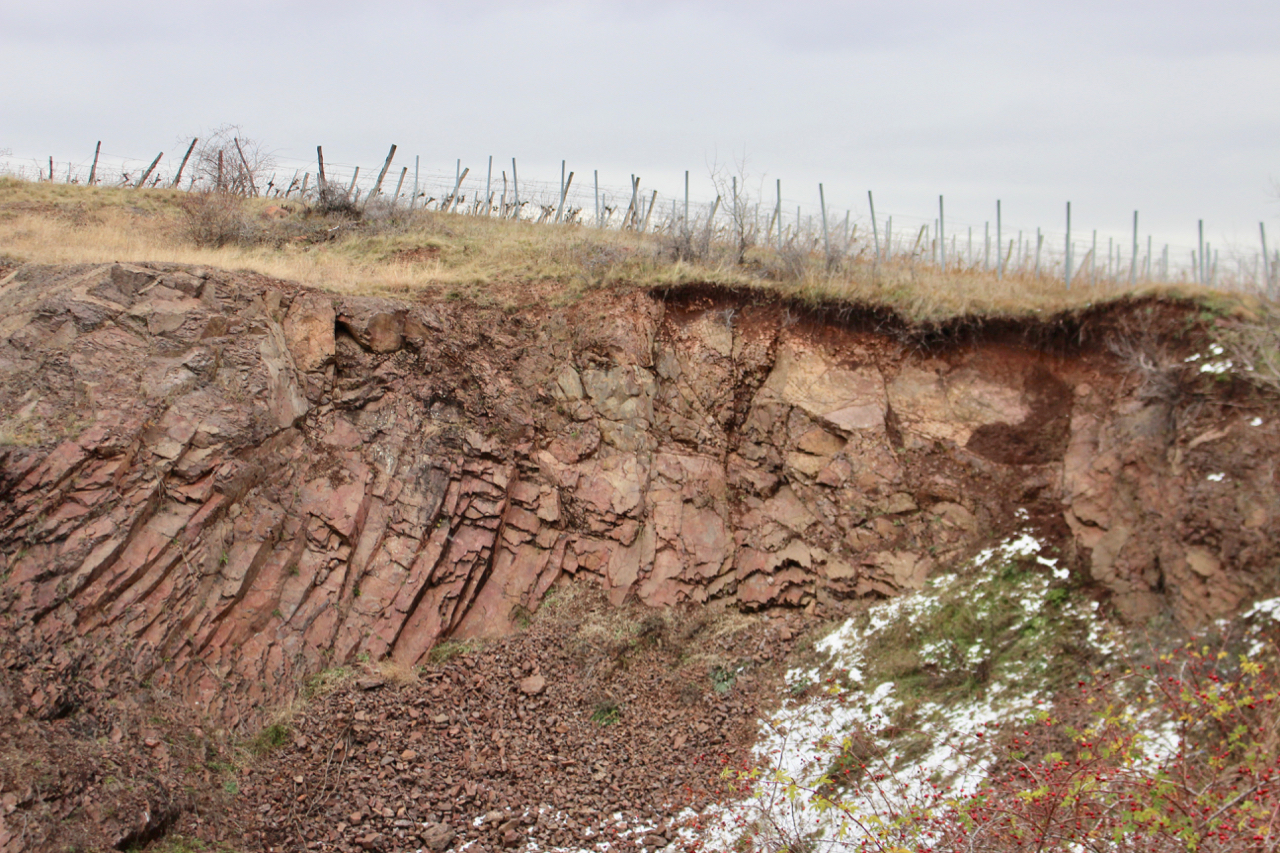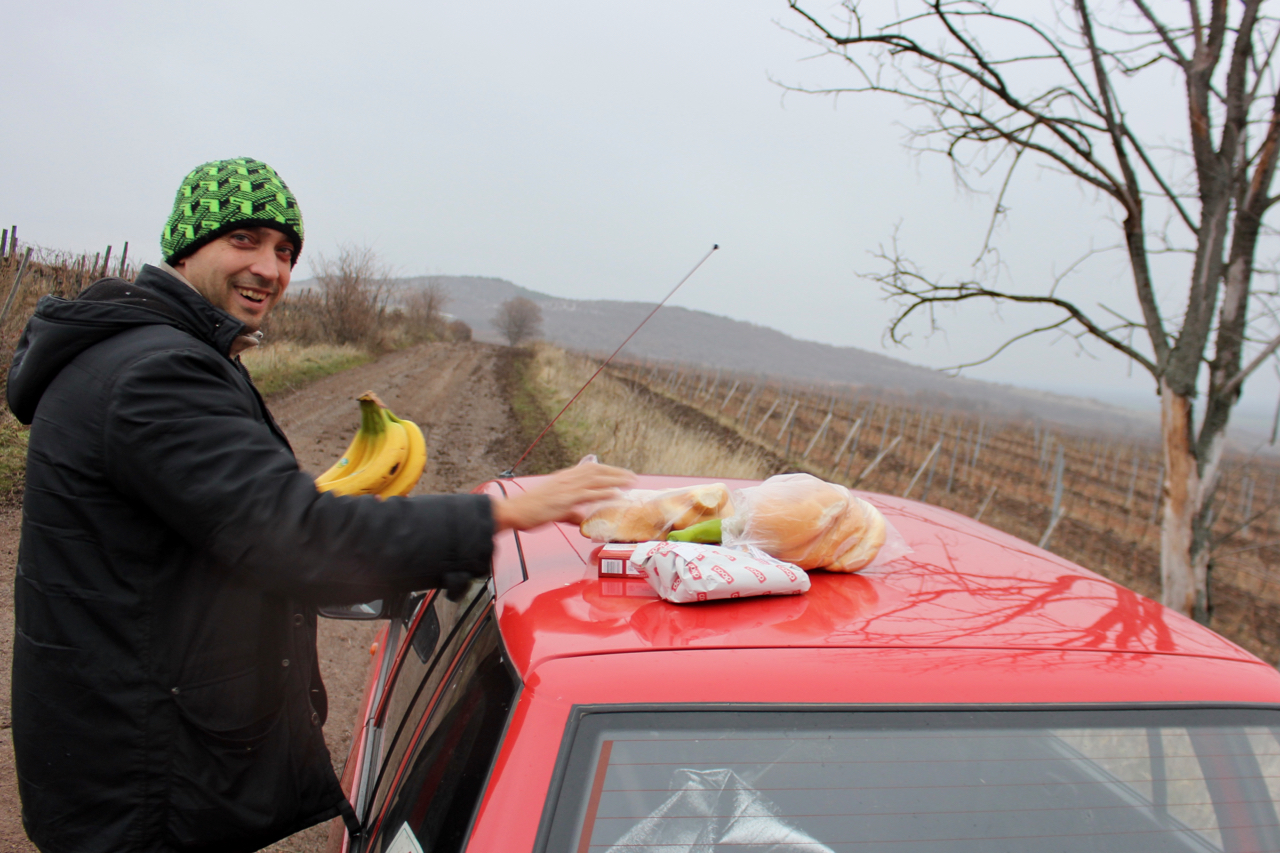

Losonci, Mátra, Hungary

At a Glance
2009
http://www.losonci.hu/
Mátra
Continental
Andesite, red clay, and chalk
170-200m
Volcanic hills
Kékfrankos, Magyarfrankos, Pinot Noir, Furmint, Turan, Rhine Riesling, Szürkebarát, Hárslevelű, and Chasselas
8 hectares
Certified Organic
Natural
http://www.losonci.hu/
Mátra
Continental
Andesite, red clay, and chalk
170-200m
Volcanic hills
Kékfrankos, Magyarfrankos, Pinot Noir, Furmint, Turan, Rhine Riesling, Szürkebarát, Hárslevelű, and Chasselas
8 hectares
Certified Organic
Natural

Tasting with Bálint Losonci
The People
Bálint Losonci entered the wine business as a writer for the wine magazine Borbarát under László Alkonyi. He was exposed to a whole world of Hungarian wines in the late 1990s that was just waking up after Communism. He then apprenticed under Gábor Karner (whom he found via Borbarát), and joined a few other liked minded small producers who believed in the future potential of the Mátra appellation.
Hungary’s Mátra appellation is quietly the second largest in the country (7500+ hectares), but has been dominated by just a few larger industrial players – perhaps a bit of a Soviet cooperative era hangover. The typical vine density is designed for large tractors and there’s a disturbing amount of Müller-Thurgau and Chasselas geared more for table grape yields than wine. He and others greatly increased vine density, planted native grapes, moved to organic farming, and drastically reduced yields. In the cellar, the main tenants are native fermentation and no other additions other than SO2. Given the wines typical of the area, all of this was somewhat unheard of on a commercial level. He continues to experiment and push himself, but what remains constant is his unwavering community oriented mindset and desire to put Mátra back on the wine map. His vineyards and wines reflect this drive, ambition and generosity.
Hungary’s Mátra appellation is quietly the second largest in the country (7500+ hectares), but has been dominated by just a few larger industrial players – perhaps a bit of a Soviet cooperative era hangover. The typical vine density is designed for large tractors and there’s a disturbing amount of Müller-Thurgau and Chasselas geared more for table grape yields than wine. He and others greatly increased vine density, planted native grapes, moved to organic farming, and drastically reduced yields. In the cellar, the main tenants are native fermentation and no other additions other than SO2. Given the wines typical of the area, all of this was somewhat unheard of on a commercial level. He continues to experiment and push himself, but what remains constant is his unwavering community oriented mindset and desire to put Mátra back on the wine map. His vineyards and wines reflect this drive, ambition and generosity.

Andesite and iron soils at Losonci
Vineyards
Roughly 8 hectares are spread across the villages of Gyöngyöspata, Gyöngyöstarján and Nagyréde (single vineyards include Gereg, Tamás-hegy, Sárosberek, Peres, Virág-domb, Oroszi, and Lógi). The first thing Bálint did was plant in between the existing rows (pre Communist era vine density), retrained the vines to drop yield to maximum 1 kilo per plant, and transitioned to organic farming. Focusing on Kékfrankos, Magyarfrankos (cross between Muscat Bouschet and Kékfrankos), Pinot Noir, Furmint, Turan, Rhine Riesling, Szürkebarát, and Hárslevelű, he also grows a little Chasselas for good measure. Our current wines are mostly from the Gerag vineyard where he often doesn’t spray anything of any kind all year. It’s the right exposure and is protected from harsh weather on all sides with the tallest mountains in the country. The Gerag is also defined by andesite (volcanic), tons of iron/red clay, and chalk about 40cm beneath. Many underground springs give life to the hillside as well. He’s also planting pre phylloxera grapes like Purcsin and Tihany Kék among other international grapes geared towards tackling impending climate change.

Breakfast up on the Gerag vineyard with Bálint Losonci
Winemaking
Most wines are open vat fermented with native yeast before being pressed off into oak for aging. Most of the whites see extended skin contact whereas the reds are often less so. The PH is naturally very low (total acids usually between 7-8 g/l post malolactic), so acidity is not an issue and the wines are very stable. The only addition is SO2 at bottling and wines are bottled unfiltered.

Red Wine
Kékfrankos;
13.5%
1.2 g/l
6.1 g/l
Kékfrankos;
13.5%
1.2 g/l
6.1 g/l
The Gereg Vineyard has been ground zero for the new Mátra generation of winemakers. Where the “NR” is without oak, this one embraces a balance between oak and fruit. Incredible weight, density and texture. This is one of those rare zero-zero ripe and spicy reds that actually hits its stride on day two, three and beyond.

Red Wine
Kékfrankos;
13.1%
1 g/l
6.7 g/l
Kékfrankos;
13.1%
1 g/l
6.7 g/l
AKA Nagyréde Kékfrankos. This is a zero oaked Kékfrankos and similar to Roger, pushes the boundaries on ripeness without losing that good old fashioned “I can drink a bottle of this-ness.” This vineyard area was once the heart of COOP mass production. This wine is an about-face to that era.

White Wine
Királyleányka;
12.8%
1.1 g/l
6.9 g/l
Királyleányka;
12.8%
1.1 g/l
6.9 g/l
This wine is a mix of extremes. The vineyard received zero spraying of any kind in 2018. Bálint then picked at peak ripeness, macerated for 60 days and then left it on the lees in barrel for 5 years without racking. Bottled unfiltered with zero additions. 400 bottles produced. At first glance, it looks like a Georgian Qvevri wine from Kakheti. Burnt orange despite the smiling squirrel on the label.
But let’s consider this grape. Királylányka is a crossing between Leányka with Kövérszőlő. Kövérszőlő is perhaps better known as Grasăde Cotnari in Romania and is responsible for the
botyritized sweet wines in said country. Leányka brings acidity and aromatics and is often used as a blending agent in sparkling wines. Királylányka is also often, and incorrectly, assumed to be the same grape as
Fetească Regală because both essentially mean “little princess.” Long story short, this wine smells like caramelised botrytis, but the acidity and grip are in such balance that the whole thing holds
together. It’s an absolute trip, and due to its incredibly small production, we hope you get to try it.

Red Wine
Pinot Noir;
13.4%
0.8 g/l
6 g/l
Pinot Noir;
13.4%
0.8 g/l
6 g/l
This remains one of the screaming deals in the whole portfolio. Pinot Noir is something we almost never seek out, but vintage after vintage of this wine has proven a consistent exception. This a perfect window into the volcanic, high potassium balanced by magnesium rich soils of the Mátra. Please blind someone on this:).

White Wine
Grüner Veltliner; Királyleányka; Grüner Veltliner;
12.5%
1.1 g/l
5.7 g/l
Grüner Veltliner; Királyleányka; Grüner Veltliner;
12.5%
1.1 g/l
5.7 g/l
The grapes in Roger are constantly moving around. Back in 2019 it was Müller-Thurgau and Chasselas, 2020 was mostly Zöldveltlini (aka Grüner), and now with 2022, we find ourselves with more or less equal parts Királylányka and Zöldveltlini with a splash of Hárslevelű. Part
of the reason is that animals ate the Chasselas, and another part is that Roger has become its own thing. Its signature is that it’s pushed to extreme ripeness, it then gets 6 weeks of co-fermented maceration, and then it’s aged until bone dry. The color is deep and brooding, the flavors are ripe and the fruit is bruised and late season, but then it’s only 12.5% with refreshing acidity. Bottled unfiltered with zero additions, it thankfully benefits from being open
and will only get better with bottle age.